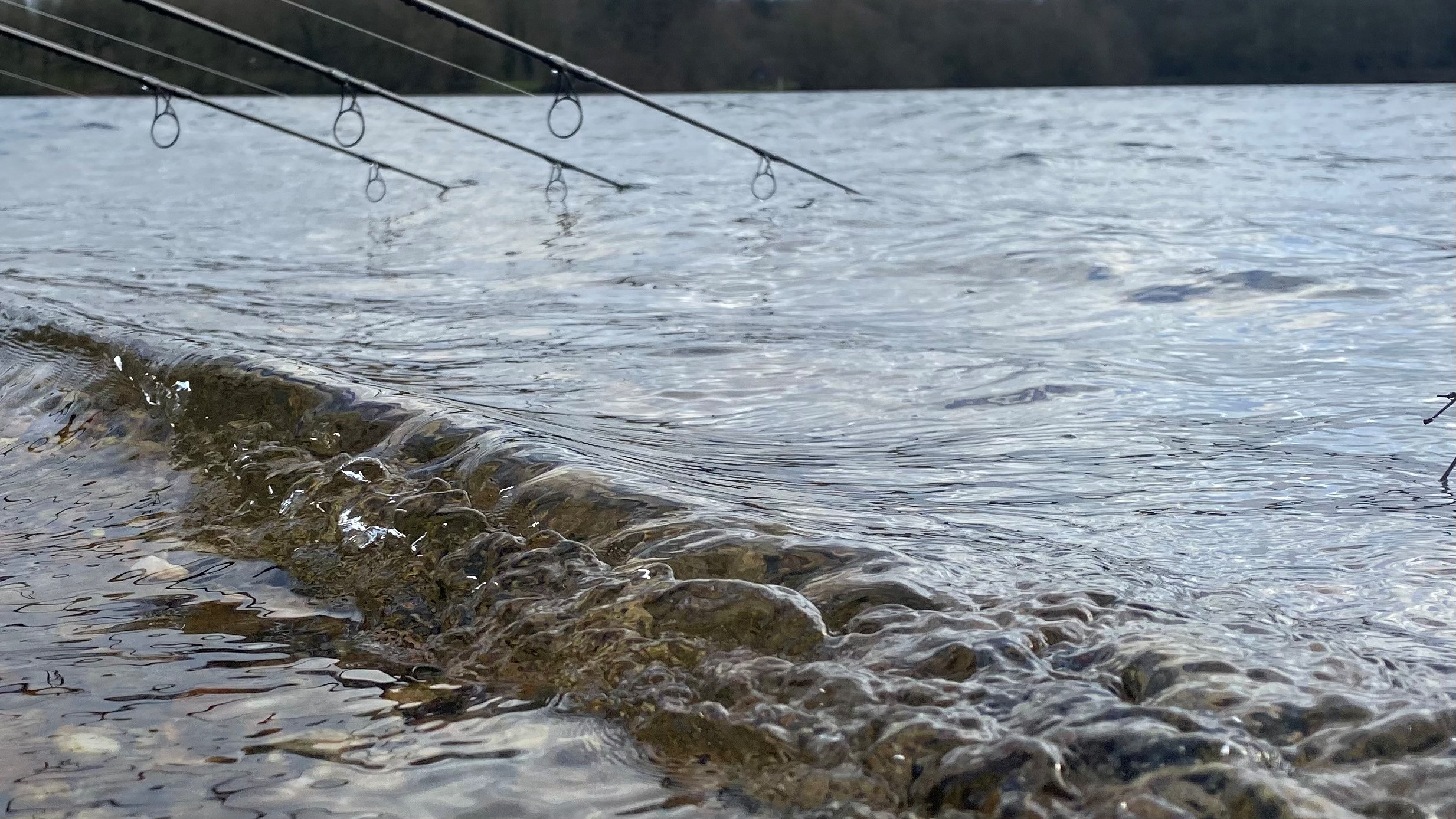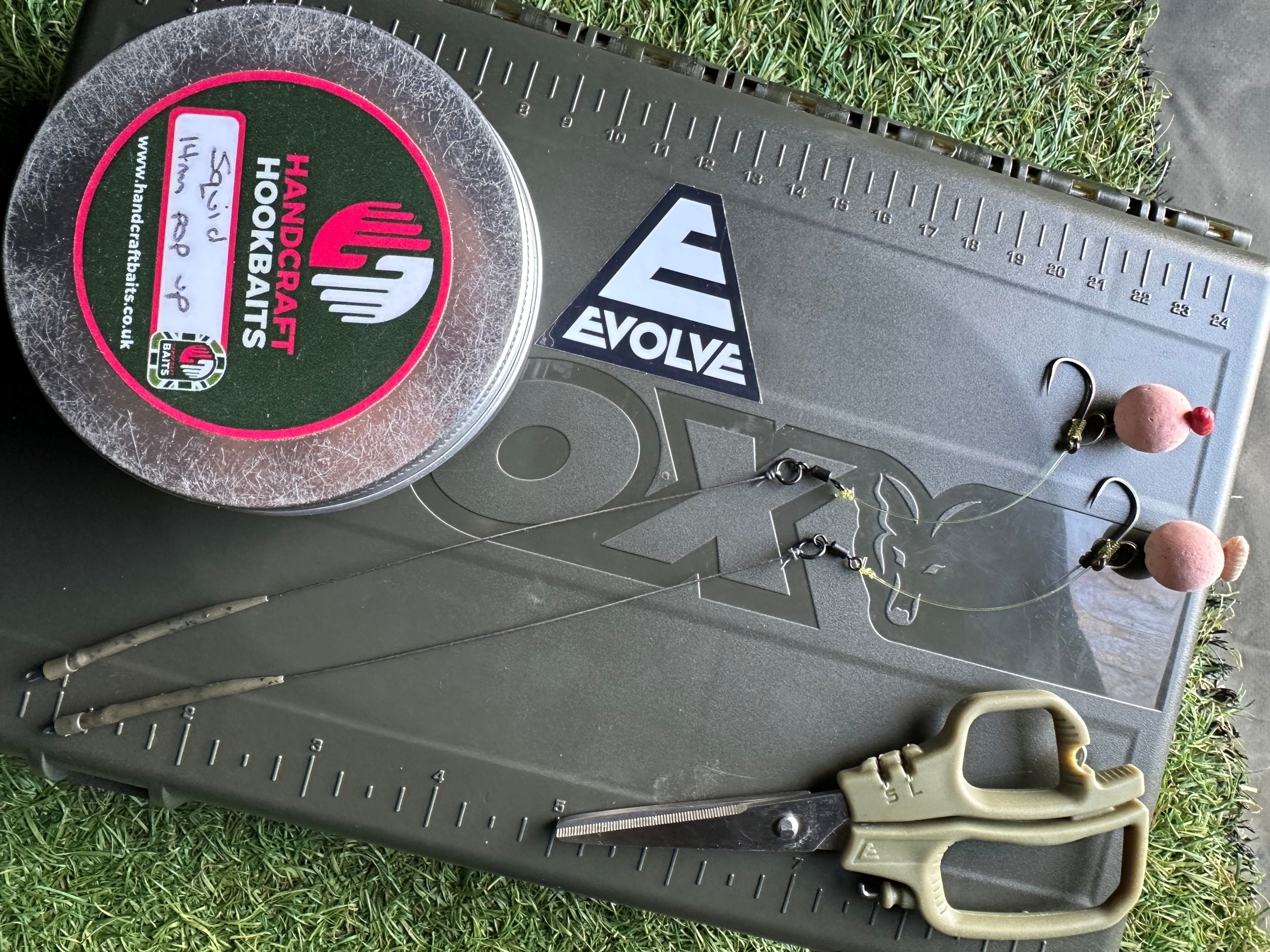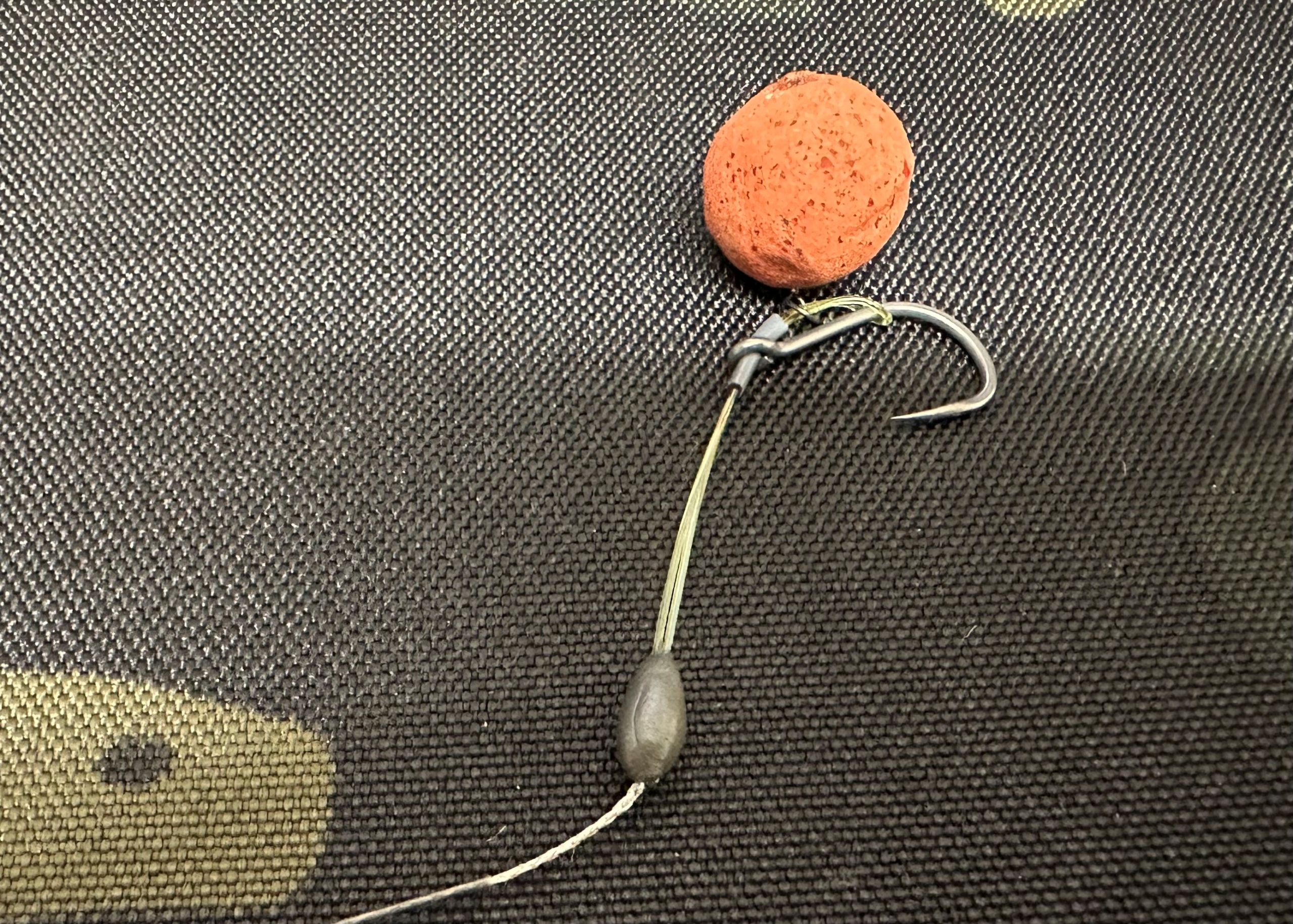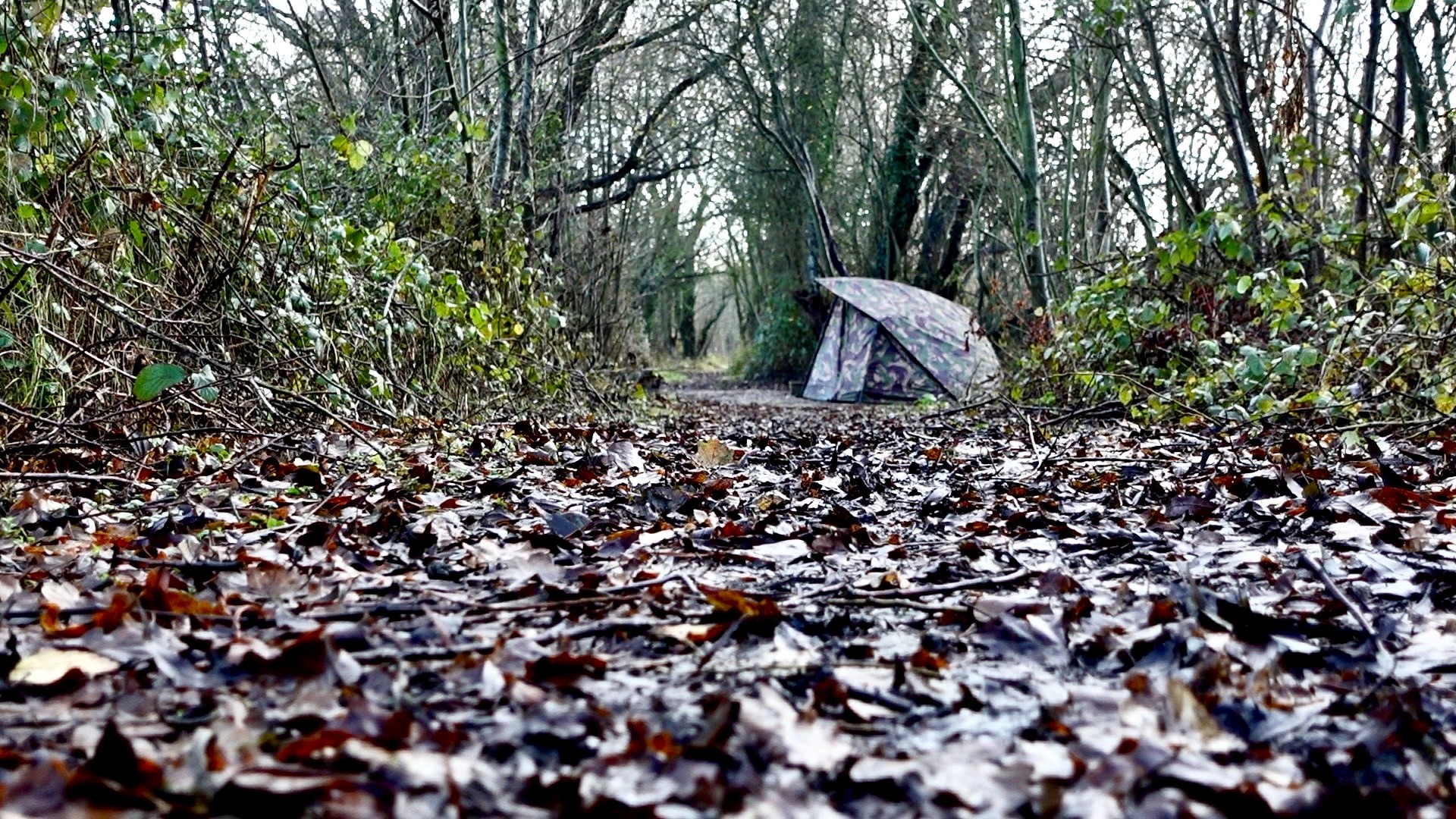Autumnal Adjustments
This year, the weather gods seemed to flick a switch — we went from summer straight into autumn overnight. Here in the Thames Valley, like many parts of the country, it’s been an incredibly hot, dry, and seemingly endless summer. My current club lake even closed for a spell due to low oxygen levels, and water levels remain worryingly low as we move into the colder months.

As the seasons shift, the big question on my mind is always the same: where will the carp be now that it’s colder, and how much will they move?
- Locating Carp as Temperatures Drop
Autumn weather can vary wildly from year to year, and those changes play a huge role in carp behaviour and location. Tracking them down becomes trickier, as obvious signs like rolling or fizzing are much rarer than in the warmer months.
That means you’ve got to make a conscious effort to locate them. With daylight hours shortening, carp are often more active after dark, so it pays to keep your ears open, be willing to work harder, and even get a bit more nocturnal in your approach.
As air temperatures fall, carp metabolism and movement both slow down. Fish begin to shoal up in areas where they feel comfortable — often over the deeper water. That said, don’t overlook reed beds and snags. As the water clears, you’ll often spot fish tucked away between reed stems or beneath branches, especially on sunny days.
Carp love the security and warmth of these spots, but remember that snags can be tricky to fish safely — plan ahead so you can guide any hooked fish away from danger.
- Weather Fronts and Feeding Triggers
Sudden changes in weather can really shake up otherwise dormant carp. A shift to low pressure — bringing wind and rain — is often the spark that wakes them up. The undertow created by a strong wind stirs up the lake and gets the fish moving.
Time and again I’ve found carp at the end of the lake where the wind is pushing, often grouped just off the main windward area. Interestingly, they can remain in that zone for days or even weeks after the front passes.
Another subtle but reliable clue is bird activity. Bird life will gravitate towards the remaining natural food sources, and on many waters I’ve noticed carp and birds clustering in the same areas. The birds are feeding up before winter — and so are the carp.


- Rigs and Bait for the Cooler Months
On my current water, I’ve struggled to move away from my trusted 4.5” multi-rig with a 20mm wafter, but in autumn I like to have multi-hinge, standard hinge, and spinner rigs all pre-tied and ready to go.
Whereas my lake tends to favour ‘match the hatch’ in summer, this is the time I’ll lean towards more visual baits — bright pop-ups, plastic corn, flecks of foam, or maggots can all make a difference.
I’m also a big believer in “less is more” when it comes to free bait in early autumn. Fishing for one bite at a time, rather than anchoring yourself to a big bed of bait, just feels more effective right now. Of course, that all depends on what you’re seeing in front of you — but sitting behind a pile of bait doesn’t seem the one for me at the moment.


- Final Thoughts
As we edge closer to winter, do your homework. Learn as much as you can about the lake’s history, then when you’re out there, stay open-minded and mobile. Walk, observe, experiment — and when you do catch one, it might just unlock a pattern you can build on.
Keep things small, bright, and attractive — a visual hookbait, maybe with a boosted crumb or tiny PVA bag, can be just enough to tempt a quick bite.
Be lucky,
Carl.
